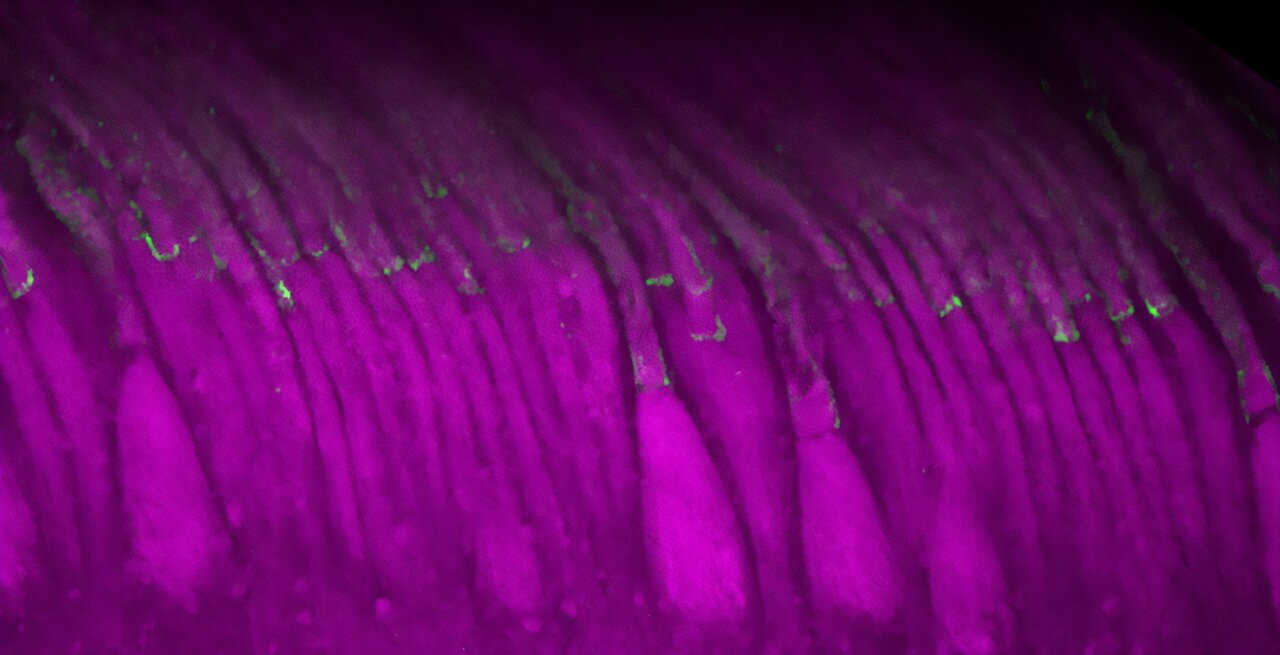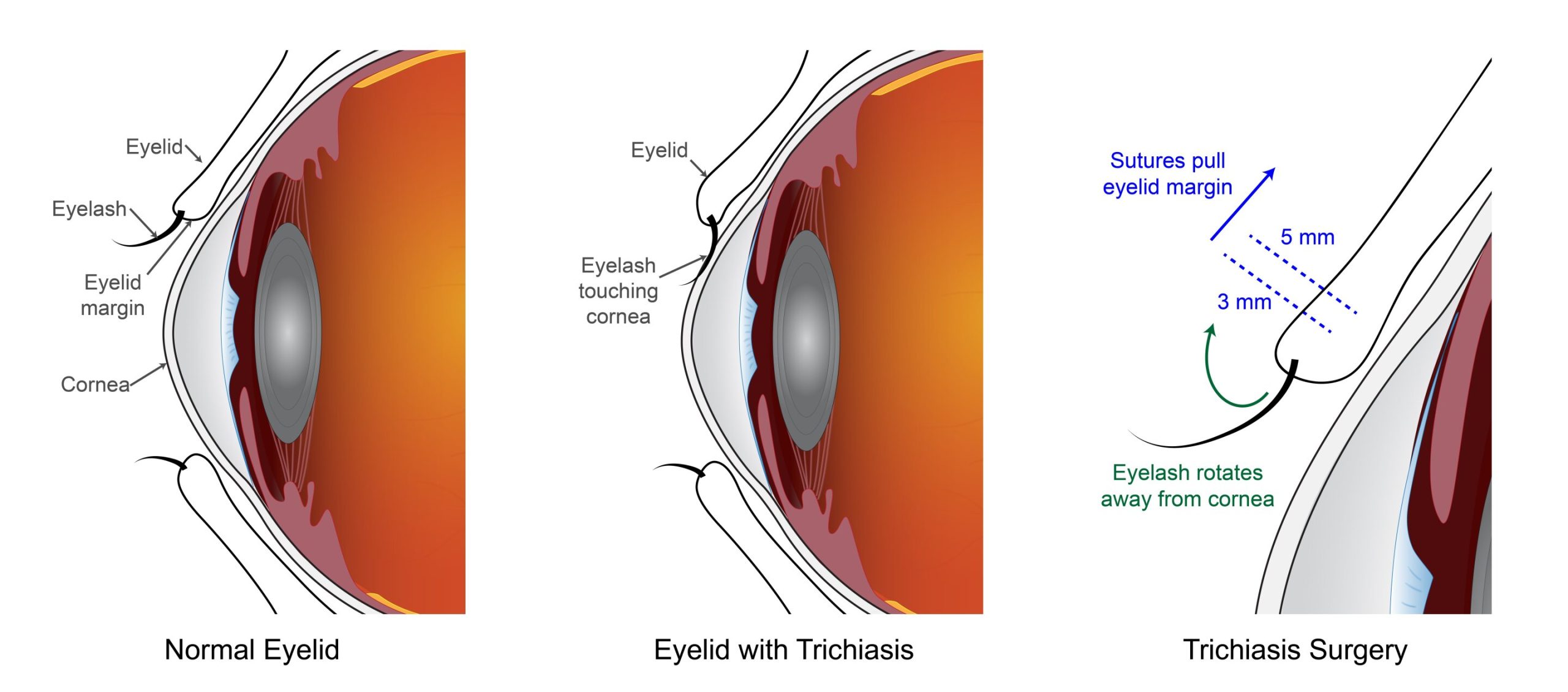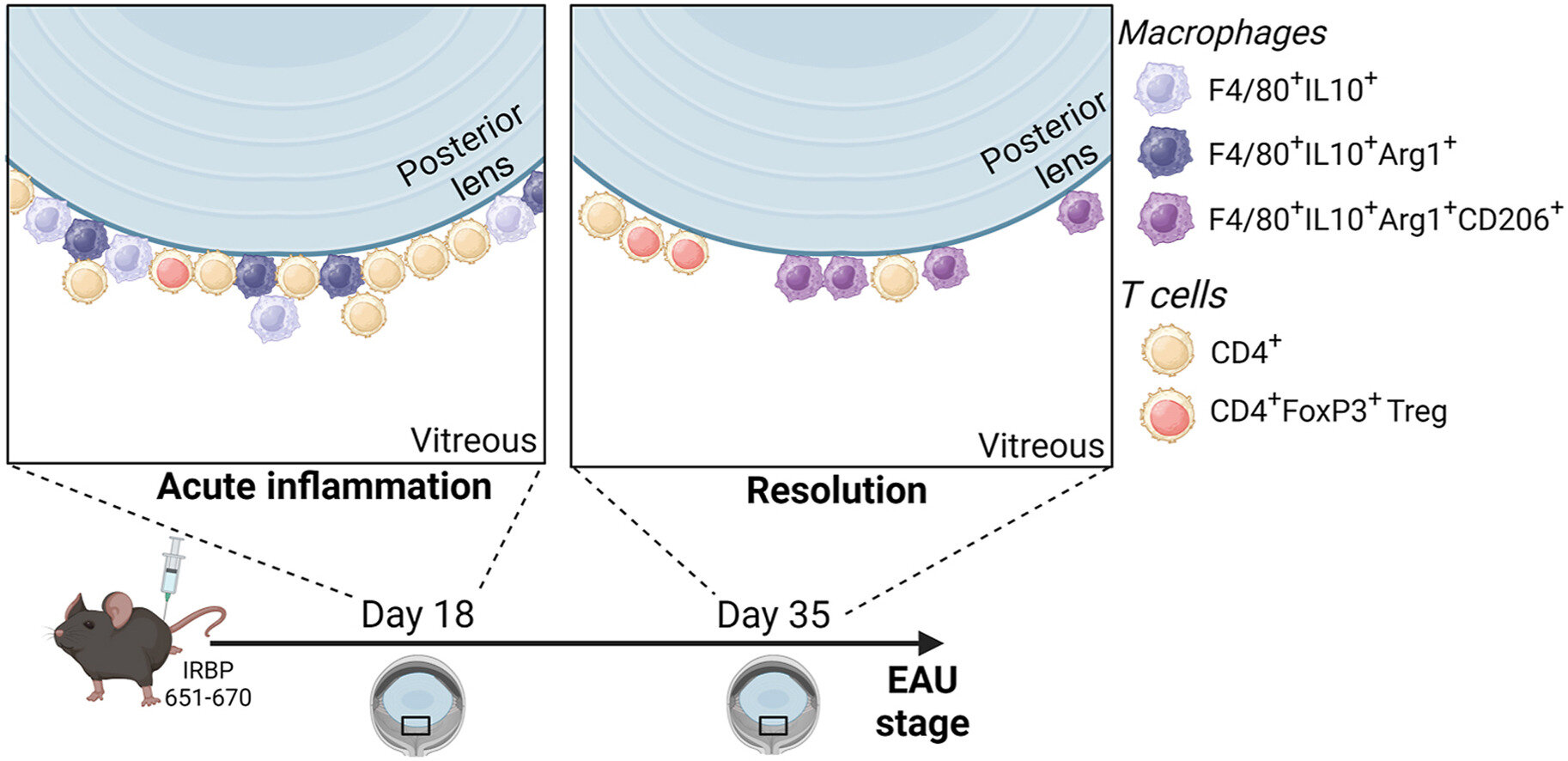
Harvard Medical School researchers have taken another decisive step in their efforts to develop a gene therapy for people with Usher syndrome type 1F, a rare condition that causes deafness and progressive blindness.
A new way of delivering a corrected version of the faulty gene that causes Usher syndrome—PCDH15—restored hearing in mouse models and showed potential in retinal organoids and nonhuman primates for improving vision, the team reports in the Journal of Clinical Investigation.
This is the second experimental gene therapy for Usher syndrome developed by the lab of David Corey, the Bertarelli Professor of Translational Medical Science in the Blavatnik Institute at HMS. Earlier research showed that a different gene-delivery strategy restored hearing in mice. The new method provides a second option if the first approach proves unsafe or ineffective when tested in humans.
“Without a clinical trial in humans, we can’t know whether our first gene therapy restores normal function,” said Corey, senior author of the study. “This new strategy gives us a backup in case the first therapy doesn’t work. It might even turn out to be better than the first, once tested in patients.”
More strategies, more chances to cure
A central challenge in designing a therapy with the PCDH15 gene is that it’s too big to fit inside the hollowed-out shell of an adeno-associated virus, or AAV—the most common and safest vehicle used to carry genes into target cells.
The team’s earlier strategy involved trimming down PCDH15 into a mini gene that could fit in an AAV.
The new strategy entails cutting the complete gene in two, inserting each half into an AAV, and delivering the AAVs to the inner ear or eye. There, the halves rejoin and start instructing the cells to make the protein the gene codes for, protocadherin-15, correctly.
People with Usher syndrome type 1F are born without hearing or a sense of balance and gradually lose their vision. The new approach restored hearing and balance in the mice.
Existing mouse models do not experience the type of vision loss observed in Usher syndrome type 1F, so the team couldn’t study whether their vision improved. However, the dual-AAV therapy raised levels of protocadherin-15 in the light-sensing cells of human retinal organoids and nonhuman primate retinas. The protein also migrated to the right place in those cells. Both results suggest that the treatment strategy may one day act to preserve patients’ vision.
“These results are particularly exciting because, while cochlear implants can address hearing loss in human patients, there are currently no treatments for the vision dysfunction associated with Usher syndrome,” said first author Maryna Ivanchenko, HMS instructor in neurobiology in the Corey Lab and an ophthalmologist.
More information:
Maryna V. Ivanchenko et al, PCDH15 Dual-AAV Gene Therapy for Deafness and Blindness in Usher Syndrome Type 1F Models, Journal of Clinical Investigation (2024). DOI: 10.1172/JCI177700
Citation:
Alternative experimental gene therapy restores hearing, boosts vision in tests (2024, November 15)
retrieved 15 November 2024
from https://medicalxpress.com/news/2024-11-alternative-experimental-gene-therapy-boosts.html
This document is subject to copyright. Apart from any fair dealing for the purpose of private study or research, no
part may be reproduced without the written permission. The content is provided for information purposes only.




